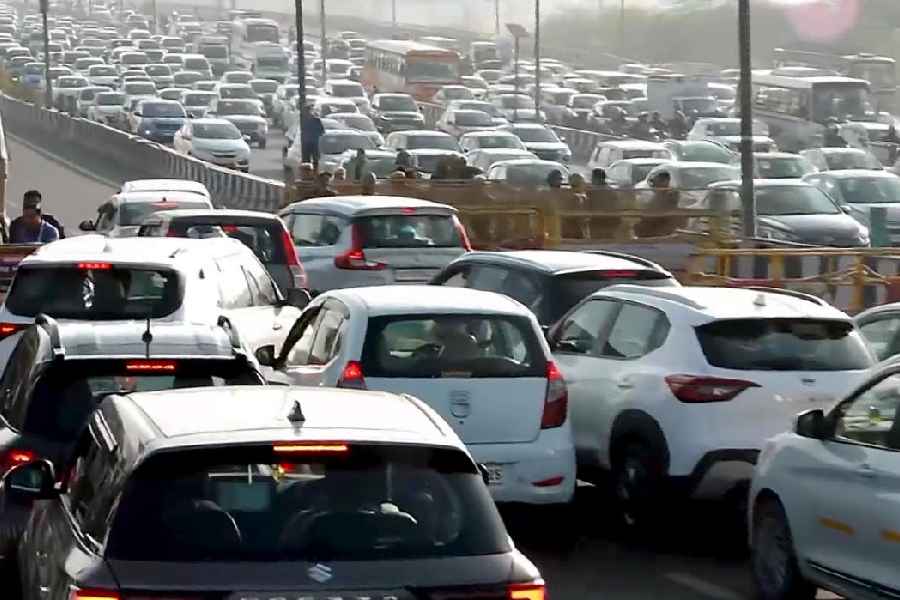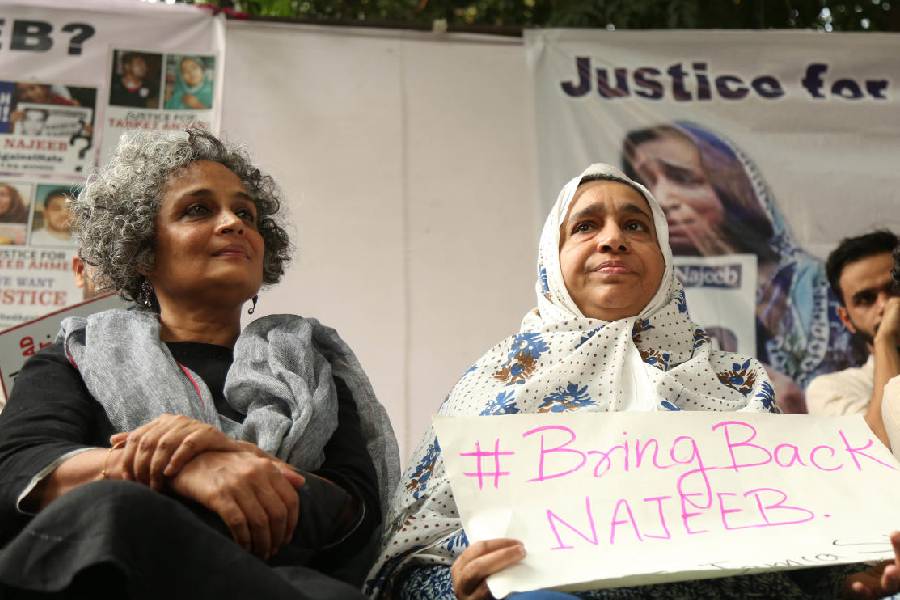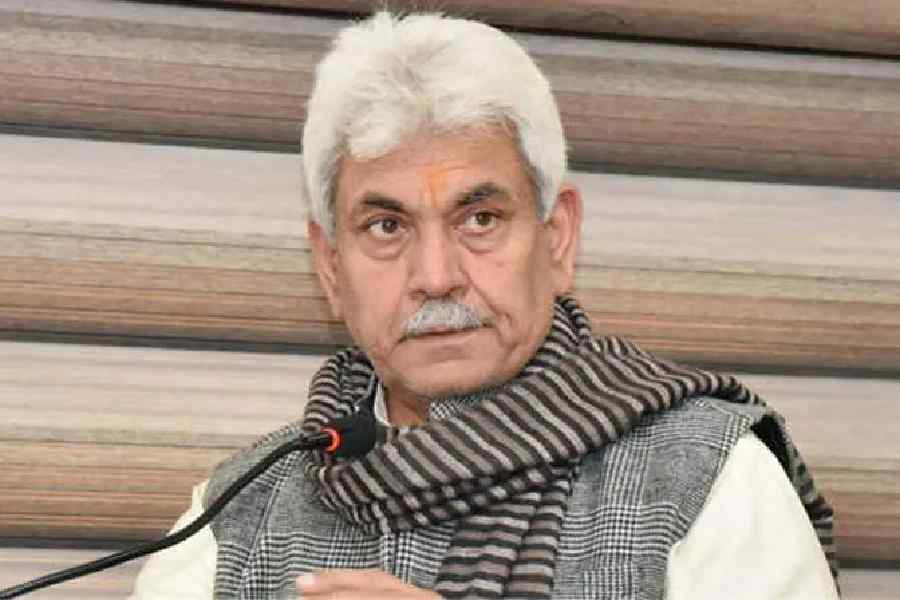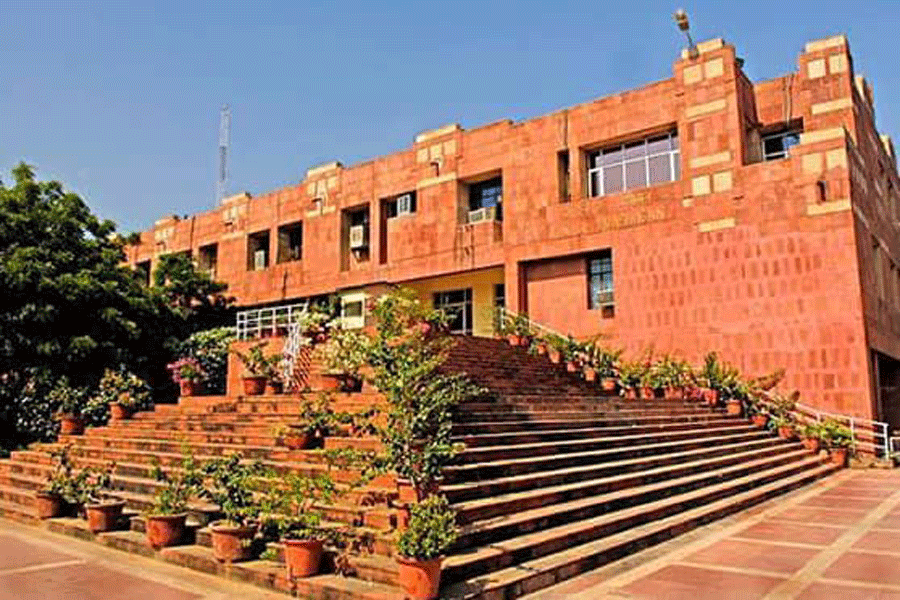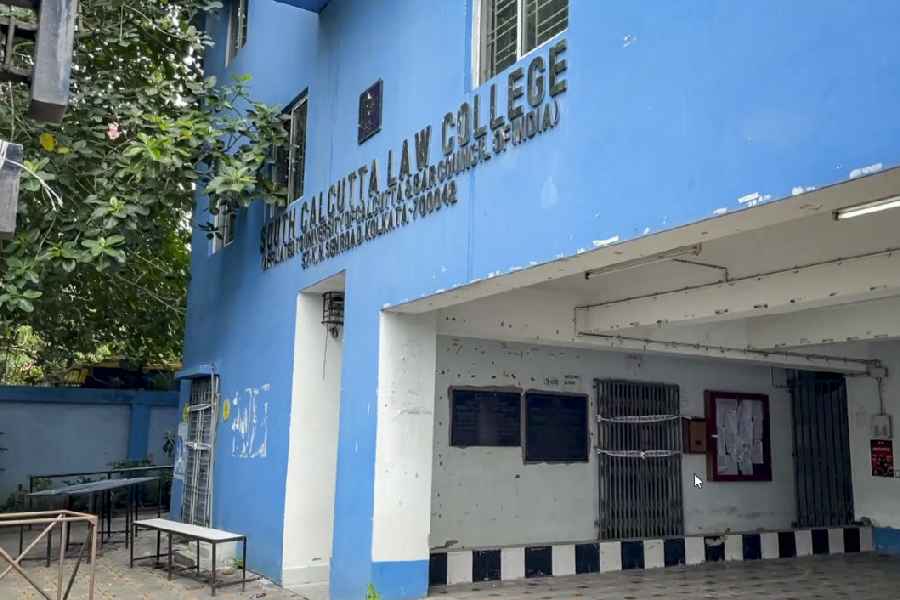 |
| A rocket dibba or mound from where the rockets were launched at Srirangapatna. Telegraph picture |
Bangalore, July 23: Forget Tipu Sultan’s sword. It’s his rockets that may earn him a higher place in world history.
The 18th-century ruler of Mysore devised the most advanced rockets of his time and used them as missiles in his war against the British. An impressed enemy adopted the pioneering invention, marking a trend-bucking technology transfer from India to the home of the Industrial Revolution.
Tipu was the first general to use modern rocket technology ? complete with combustion chamber, nozzle, warhead and launcher ? says India’s BrahMos man, Dr A. Sivathanu Pillai, after a thorough investigation. He will officially communicate his findings to India’s rocket-scientist President next week.
 |
| Sivathanu Pillai comes out of a rocket storage building at Srirangapatna |
It was A.P.J. Abdul Kalam who, appropriately, put Pillai up to the historical sleuthing after his curiosity was aroused by letters telling him about Tipu’s rockets.
Pillai travelled to the Woolwich Art Museum in the UK for a look at the carefully preserved remnants of the rockets, used in the 1792 Third Anglo-Mysore War. He then visited the ruins of Tipu’s capital Srirangapatna, 120 km from Bangalore. A few calculations of his own, and Pillai had a clear picture.
“The rockets were ingenious pieces with cast-iron chambers where 2 kg of gunpowder was stacked under pressure,” he told The Telegraph. “When ignited, the exhaust flowed out of a nozzle-like opening and, thanks to Newton’s third law of motion, a reaction took place. The rocket went off on rails (which functioned as a launcher) that gave it an initial momentum.”
When it’s Tipu, can swords be far behind? The warhead the sultan used on each rocket was a sword.
“The tip or the warhead was a gilt-edged sword that could sear through a cavalry charge,” Pillai said. The scientist has done a “trajectory test” to prove that Tipu’s rockets had a range of up to 1.5 km.
Most historians believe that rocket technology was born in China in the 13th century. Genghis Khan’s Mongol army learnt it and took it across the Caspian Sea, to be adapted later by Renaissance Europeans. But Pillai says Tipu’s missiles were a class apart.
Historian Suryanath Kamath agrees but adds that although the rockets scattered the enemy, Tipu lost the war and had to pledge his two sons till he could pay an indemnity of Rs 3 crore to the British.
The rockets were mostly fired from a dibba (mound), but Tipu also had a variant. Paintings at Srirangapatna (earlier known as Seringapatnam) show infantrymen holding hand-fired, sword-tipped rockets that probably had a shorter range.
Tipu’s rocket division is believed to have had at least 5,000 men, or kushoons, in 27 formations. They were trained to be accurate, and even had a provision for launching three rockets simultaneously.
“The rockets were manufactured in Taramandalpet in Bangalore where the sultan had an ordnance factory. He was a great innovator,” Kamath says.
Pillai has found evidence of the Mysore army’s expertise in storing the missiles, too. “I saw the ruins of rocket storage places and ammunition dumps. Though there is no evidence as to how Tipu learnt its principles, there is clear-cut evidence that rockets were used.”
Pillai will not be taking just a history lesson to Kalam but also a fervent plea for improved preservation of the scattered monuments, including the rocket dibba, that are maintained by the Archaeology Survey of India and the Karnataka archaeology department.
“Other countries preserve their history well. Here, we need a certificate from the West to show off what is originally ours. It’s time to be proud of our heritage and rewrite the textbooks,” Pillai said.
Efforts are on to bring back the rocket remnants from the UK museum, but Woolwich has so far refused to part even with photographs.


